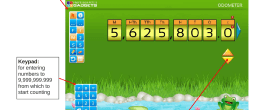
2pp. Features and functions of the Odometer Gadget: Count in 1s, 2s & 5s in any place up to millions and down to thousandths. Click the up or down arrow to show how the numbers in each of the places change.
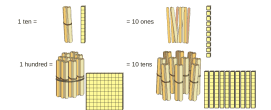
4pp. Features and funcitons of the Number Expander Gadget: Expand numbers with place value visually displayed
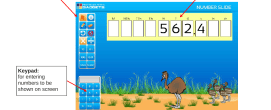
5pp. Features and functions of the Number Slide Gadget: Multiply and divide numbers by powers of ten, with and without decimals.
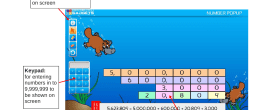
2pp. Features and functions of the Number Popup Gadget: Expand numbers with place value visually displayed
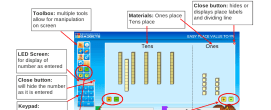
3pp. Features and functions of the Easy Place Value Gadget: Animates grouping of ones and tens using 6 different resources
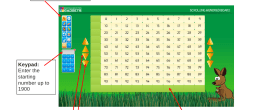
6pp. Features and funcitons of the Scrolling Hundred Board Gadget: A hundred board that scrolls from 0 to 2000. Scrolling arrows and options allow for counting, highlighting multiples and special numbers.
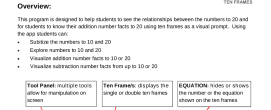
6pp. Features and functions of the Ten Frame Gadget: Shows addition, subtraction and difference between two numbers.
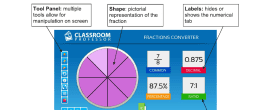
3pp. Features and functions of the Fractions Converter Gadget: Convert between common fractions, decimal fractions, percentages & ratios. Linked to pictures of shapes and placement on a number line.
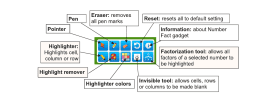
2pp. Features and functions of the Number Facts Gadget: The grid changes between addition and multiplication tables.
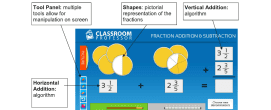
3pp. Features and functions of the Fractions Addition & Subtraction Gadget: Linked to pictures of shapes. Walks through each step of the process.
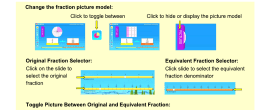
2pp. Features and functions of the Equivalent Fractions Gadget: Demonstrate visually equivalence, simplifying, decimals & recurring decimal fractions.
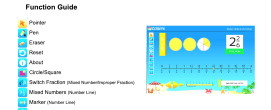
2pp. Features and functions of the Fractions Counter Gadget: Count in fractions. Convert between mixed numbers and improper fractions.
